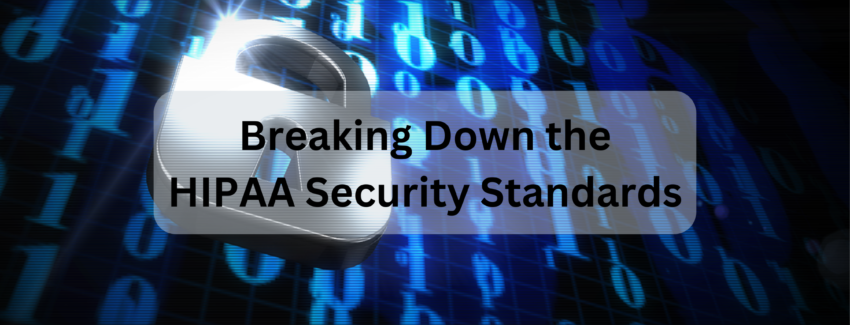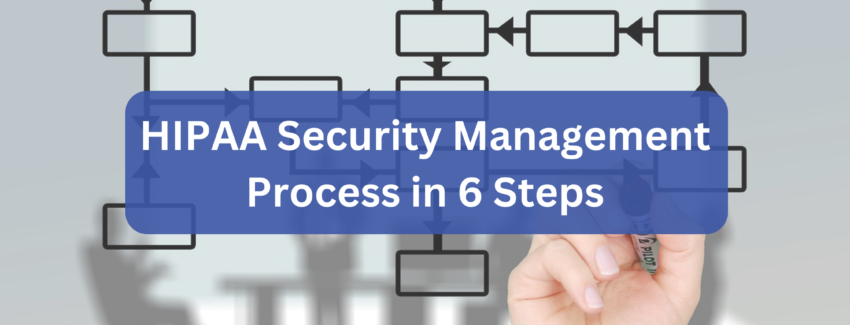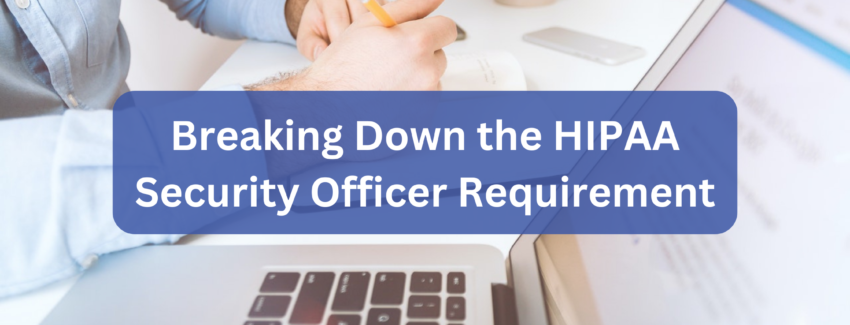10 Requirements to Include in Your Business Associate Agreement
10 Requirements to Include in Your Business Associate Agreement The HIPAA Privacy, Security, and Breach Notification Rule require Covered Entities and their third-party vendors, referred to by the Department of Health and Human Services as Business Associates (BAs), are required to obtain a signed Business Associate Agreement (BAA) from each vendor, and their subcontractors, to ensure appropriate safeguards are implemented to …
10 Requirements to Include in Your Business Associate Agreement Read More »







